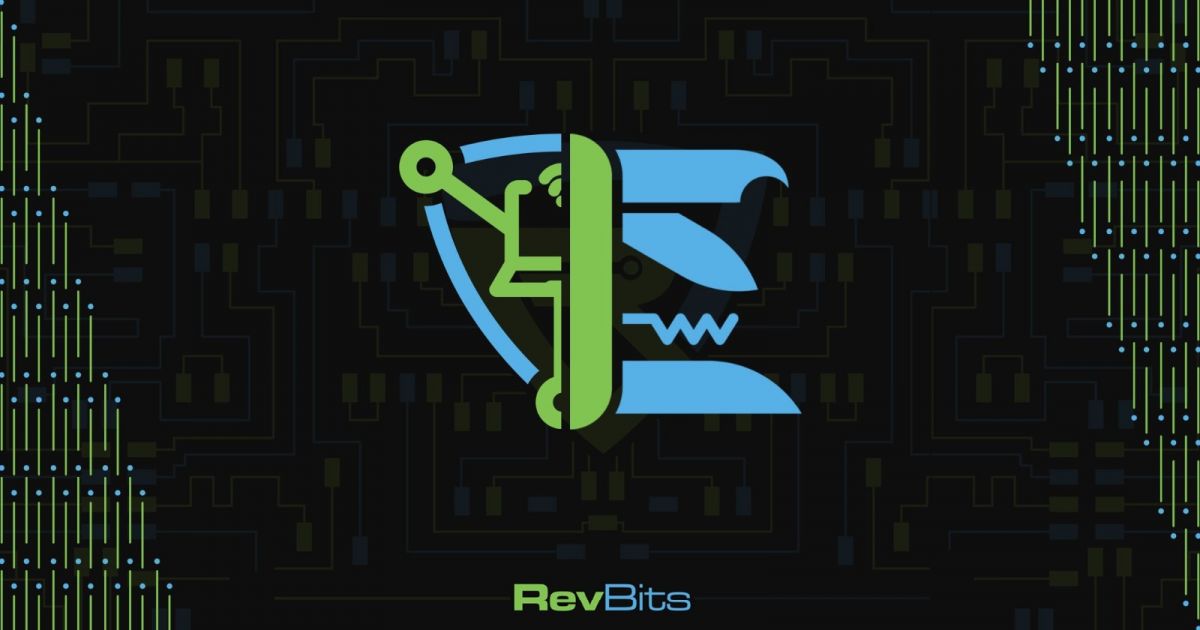Why Zero Trust Networking Is Essential To Your Business?

Companies moving to the cloud are finding it increasingly difficult to secure their cloud apps. However, with the right
Enterprise security can never be completely risk-free. There are always new challenges, more systems to manage, more networks to connect, more endpoints to cover, and more employees needing access. All these represent possible attack surfaces that increase the chances of a security breach. Without the right security posture, those potential security risks can become a reality, causing devastating damage.
Companies moving to the cloud are finding it increasingly difficult to secure their cloud apps. However, with the right ZTN solution, they can take their gateway to the next level, bolstering their security posture.
Now, let’s talk about the Zero Trust Model; what it is, how it works, and how it can benefit your organization.
What is Zero Trust Networking (ZTN)?
John Kindervag, a former employee at Forrester Research, first introduced the concept of Zero Trust Networking during his time in the company back in the year 2010.
The zero trust model is a strategic approach that helps organizations prevent a data breach by eliminating the element of trust from the network architecture. It’s based upon the core principle of ‘Never trust, always verify’.
Zero trust is a security framework that requires organizations to do strict authentication and verification of every entity, whether inside or outside the perimeter, before allowing them access to the network and internal digital assets. It doesn’t assume that anyone working inside the security perimeter should be trusted automatically, and thus authorizes everything before granting access.
How does a Zero Trust Network work?
First, ZTN identifies a ‘protect surface’ that contains the most valuable and critical DAAS, i.e., Data, Assets, Applications, and Services. Each organization has a unique protect surface and as it contains an organization’s most critical data and operations, it is comparatively smaller in magnitude than the attack surface.
As soon as you identify the protect surface, you can see the entire flow of traffic throughout the organization, understand who the users are, and how they are using enterprise resources. Once you know your users, you can enforce zero trust by creating a micro perimeter around this protect surface.
This microperimeter deploys a ‘segmentation gateway’, also known as the next-generation firewall, which ensures that only legitimate traffic gets access to the protect surface.
The segmentation gateway enforces extra layers of security across the network, and provides granular and uniform visibility into traffic, defining zero trust policy.
Why You Should Trust ZTN
ZTN stops the malevolent traffic at the edge before it can cause any damage. It leverages a data-first approach to achieve maximum security by using micro-segmentation. It enhances network security by limiting the blast radius, and encompasses faster incident responses.
Zero Trust stands upon three key principles:
Micro-segmentation is the foremost approach that zero trust uses to achieve its objective. It logically creates network segments and controls traffic within and between the segments. It divides the security perimeter into small zones to maintain individual access zones to separate devices. This reduces the attack surface, by decreasing the number of connected devices or users to any segment. When a malicious attack infiltrates a network segment, it is limited to that particular zone, and will not compromise other digital assets within that zone.
Least-privileged access grants the lowest possible level of access to the user, and restricts them to the limited areas necessary for them to carry out their assigned tasks. It gives minimum exposure by performing complex network segmentation, identity authentication, and device posture. Least-privileged access limits the scope of what the user might do, or what data they might see.
Multi-factor Authentication (MFA) is the most efficient method to affirm the user’s identity before granting access to business resources. It increases the security of the network where the user has to pass more than two security factors to verify their credibility, such as email or text confirmation, one-time password, security question, etc. The more factors, the better the network security.
Zero Trust Network Benefits
ZTN protects an organization’s data and resources in a most sophisticated manner and also incorporates several business benefits. Some of the benefits of zero trust are:
Enables security professionals to gain visibility into all the users accessing a network, which applications they’re using, at what time, and from where. They can monitor the activities of every user and device from anywhere.
Considers location as hostile, and takes visibility as the foundation of verification. It follows the principle ‘you can’t verify what you can’t see’. It provides complete visibility into every device, making it easier to keep track of every event.
Administering a ZTN solution ensures that only highly-trusted authenticated users and devices have access to the company’s data. This prevents any unauthorized entity from data exfiltration.
ZTN solutions deliver a seamless user experience and improve user productivity by offering SSO (Single Sign-On). The SSO framework greatly reduces the manual effort by employees to keep track of complex credentials, and simplifies password management.
Traditional cybersecurity gateways were not designed for modern infrastructure and the Cloud. Therefore, organizations have trouble providing adequate security for cloud applications. ZTN solutions present a new paradigm to facilitate better security for multiple cloud environments.
Bottom Line
Digital transformation and the expanding computing perimeter have increased the number of attack surfaces, and therefore, cybersecurity threats. At present, a zero trust model is the ultimate security posture that can help prevent unauthorized third-party intrusion or data breach.
RevBits provides best-in-class cybersecurity solutions for the enterprise. Reach out to us, by calling (804) 473-8248, or email us at This email address is being protected from spambots. You need JavaScript enabled to view it., if you need cybersecurity protection for your businesses.


